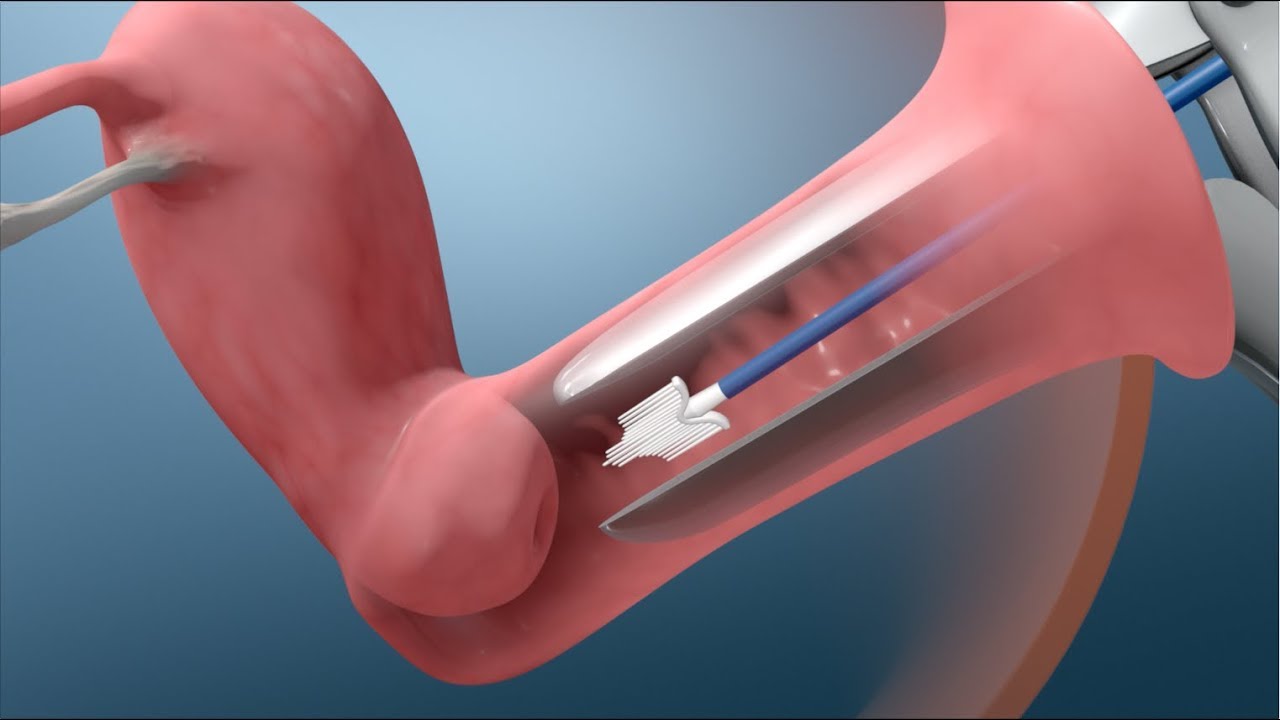Have you ever heard of something called Pap screening? It’s a test that helps doctors check for changes in a woman’s cervix, which is the lower part of the uterus. This test is important because it can help find early signs of cervical cancer and other health issues. When we talk about what is Pap screening, we’re really talking about a test that can save lives.
Pap screening is usually recommended for women starting at the age of 21. Many women may feel nervous about this test, but it’s a simple procedure that can lead to early detection of serious conditions. Let’s dive deeper into what Pap screening involves, why it’s important, and how often you should have it done.
Why Is Pap Screening Important?
Cervical cancer is one of the few cancers that can be prevented with regular screening. When we discuss what is Pap screening, it’s essential to understand that this test can catch precancerous changes before they become a problem. The cervix can undergo changes over time, and some of these changes can lead to cancer if they’re not addressed. Regular Pap tests help doctors monitor these changes, ensuring that any potential issues are caught early.
Besides cervical cancer, Pap screening can also help detect other conditions, such as infections and inflammation. This means that even if there are no signs of cancer, the test can still provide valuable information about your health. By keeping track of your cervical health, you’re taking an essential step in preventing serious illnesses.
How Does Pap Screening Work?
Now that we understand what is Pap screening, let’s talk about how the test is done. The procedure is quite simple and usually takes place in a doctor’s office. Here’s what you can expect during a Pap test:
- Preparation: First, the doctor will ask you to lie down on an exam table. You may be given a sheet to cover yourself for privacy.
- Inserting the Speculum: The doctor will gently insert a tool called a speculum into your vagina. This tool helps to open the vaginal walls so the doctor can see the cervix clearly.
- Collecting Samples: Using a small brush or swab, the doctor will take a sample of cells from the cervix. This process might feel a little uncomfortable, but it usually doesn’t hurt.
- Sending Samples to the Lab: The collected sample is sent to a lab, where it is examined for any abnormal changes or signs of cancer.
- Waiting for Results: After the test, you’ll have to wait a few days to get the results. Your doctor will discuss them with you and explain what they mean.
What Are the Different Types of Pap Tests?
When we ask what is Pap screening, it’s helpful to know that there are different types of Pap tests. The two main types are the conventional Pap test and the liquid-based Pap test.
- Conventional Pap Test: This is the traditional method where the sample is taken and placed directly onto a glass slide. The cells are then examined under a microscope for any abnormalities.
- Liquid-Based Pap Test: In this method, the sample is placed in a special liquid that preserves the cells. This method is often more accurate because it allows for better examination of the cells.
Both methods are effective, and your doctor will decide which one is best for you based on your health history and needs.
How Often Should You Have Pap Screening?
Now that we’ve covered what is Pap screening and how it’s done, you might wonder how often you should get this test. The frequency of Pap tests depends on your age and health history. Here are the general guidelines:
- Ages 21 to 29: Women should have a Pap test every three years.
- Ages 30 to 65: Women can choose to have a Pap test every three years or combine it with an HPV (human papillomavirus) test every five years.
- Over Age 65: Women who have had regular screenings with normal results may not need to continue getting tested.
Your doctor will give you specific recommendations based on your individual health needs, so it’s essential to have regular check-ups.
What Happens If Abnormal Cells Are Found?
If the results of your Pap test show abnormal cells, it doesn’t mean you have cancer. Abnormal cells can result from several factors, including infections or inflammation. When discussing what is Pap screening, it’s vital to know what the next steps are if something unusual is found.
Your doctor may recommend further testing, such as a colposcopy. This is a procedure that allows the doctor to take a closer look at your cervix using a special microscope. They may also take a biopsy, which means they’ll take a small sample of tissue for examination. These steps help determine if there is any serious issue that needs to be addressed.
The Role of HPV in Cervical Health
Human papillomavirus (HPV) is a virus that can cause changes in the cervix. In fact, certain types of HPV are known to be the main cause of cervical cancer. When we talk about what is Pap screening, it’s essential to also consider HPV testing.
The HPV test checks for the presence of the virus. If your Pap test shows abnormal cells, your doctor may recommend an HPV test to see if the virus is present. If you have a high-risk type of HPV, it might increase the likelihood of developing cervical cancer. Early detection of HPV can help prevent future health issues.
Preparing for Your Pap Test
Preparing for your Pap test can help make the experience easier. Here are some tips to consider:
- Schedule Wisely: Try to schedule your test for a time when you’re not on your period. Menstrual blood can make it harder to read the results.
- Avoid Certain Products: In the days leading up to your test, avoid douching, using vaginal creams, or having sexual intercourse. These can affect the test results.
- Relax: It’s natural to feel nervous, but try to relax. Take deep breaths, and remember that this test is an essential part of maintaining your health.
Common Myths About Pap Screening
Many myths surround Pap screening that can make women feel anxious about the test. Let’s debunk some common misconceptions:
- Myth 1: Pap tests are painful.
Reality: While you might feel some discomfort, most women find the test quick and tolerable. - Myth 2: You only need a Pap test if you have symptoms.
Reality: Many women with abnormal cells have no symptoms, so regular testing is crucial. - Myth 3: Pap tests are only for sexually active women.
Reality: All women should begin Pap testing at age 21, regardless of their sexual activity.
Understanding these myths can help reduce anxiety and encourage women to prioritize their health.
Conclusion: The Importance of Regular Pap Screening
In conclusion, understanding what is Pap screening is vital for all women. This simple test can detect early signs of cervical cancer and other health issues, leading to better outcomes and a healthier life. By getting regular screenings, you’re taking an essential step toward protecting your health.
Remember, it’s crucial to have open conversations with your healthcare provider about your Pap test and any concerns you may have. Regular check-ups and screenings can make a significant difference in your overall health and well-being.













